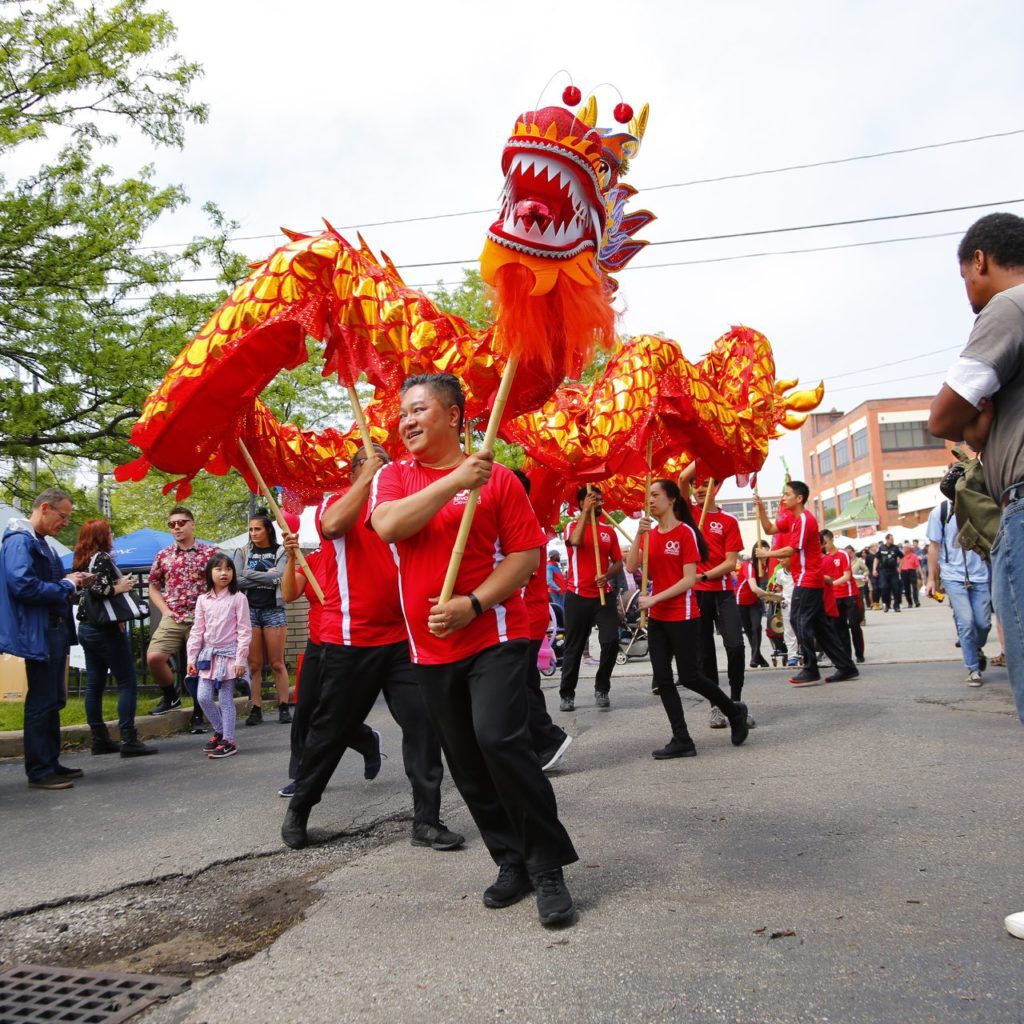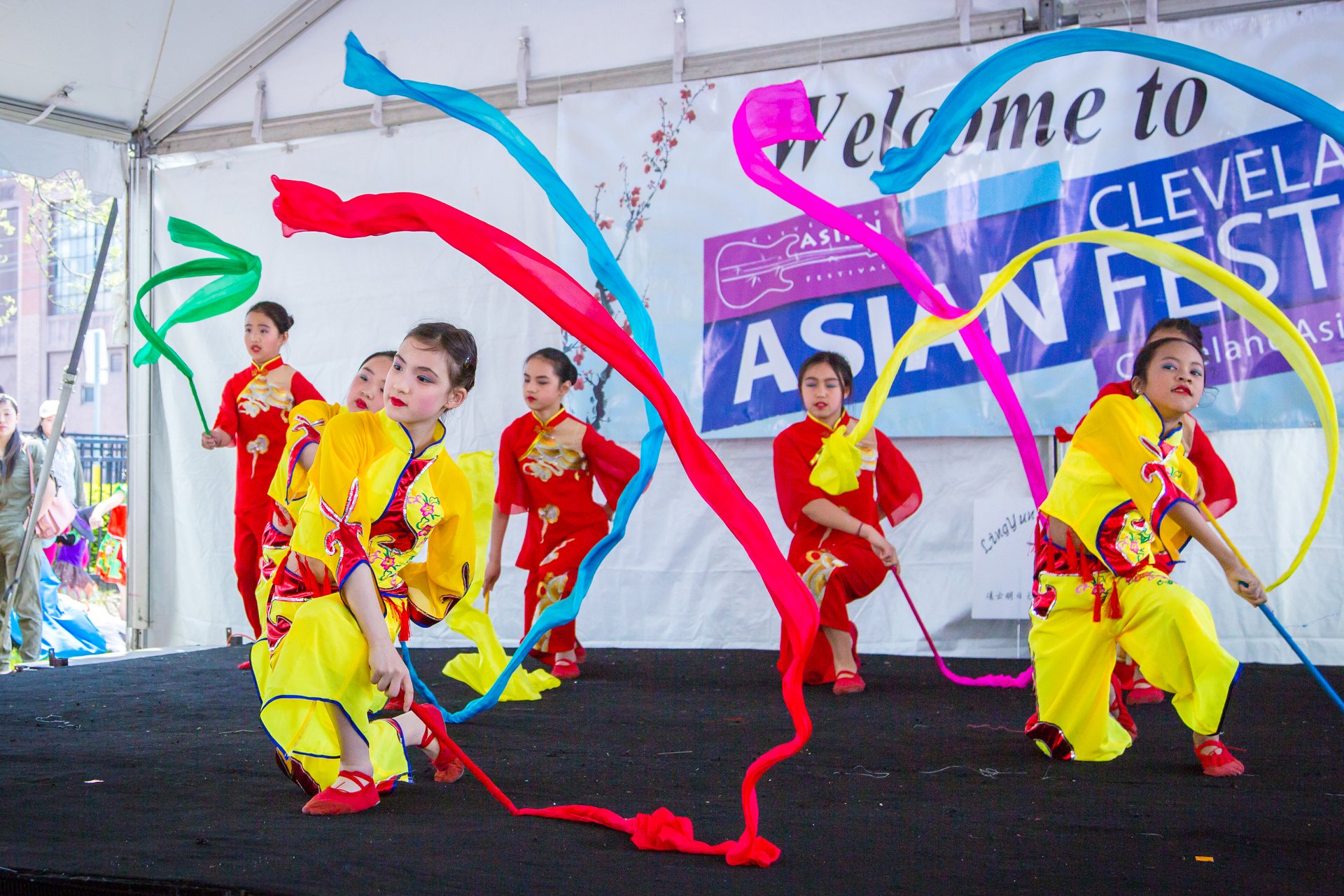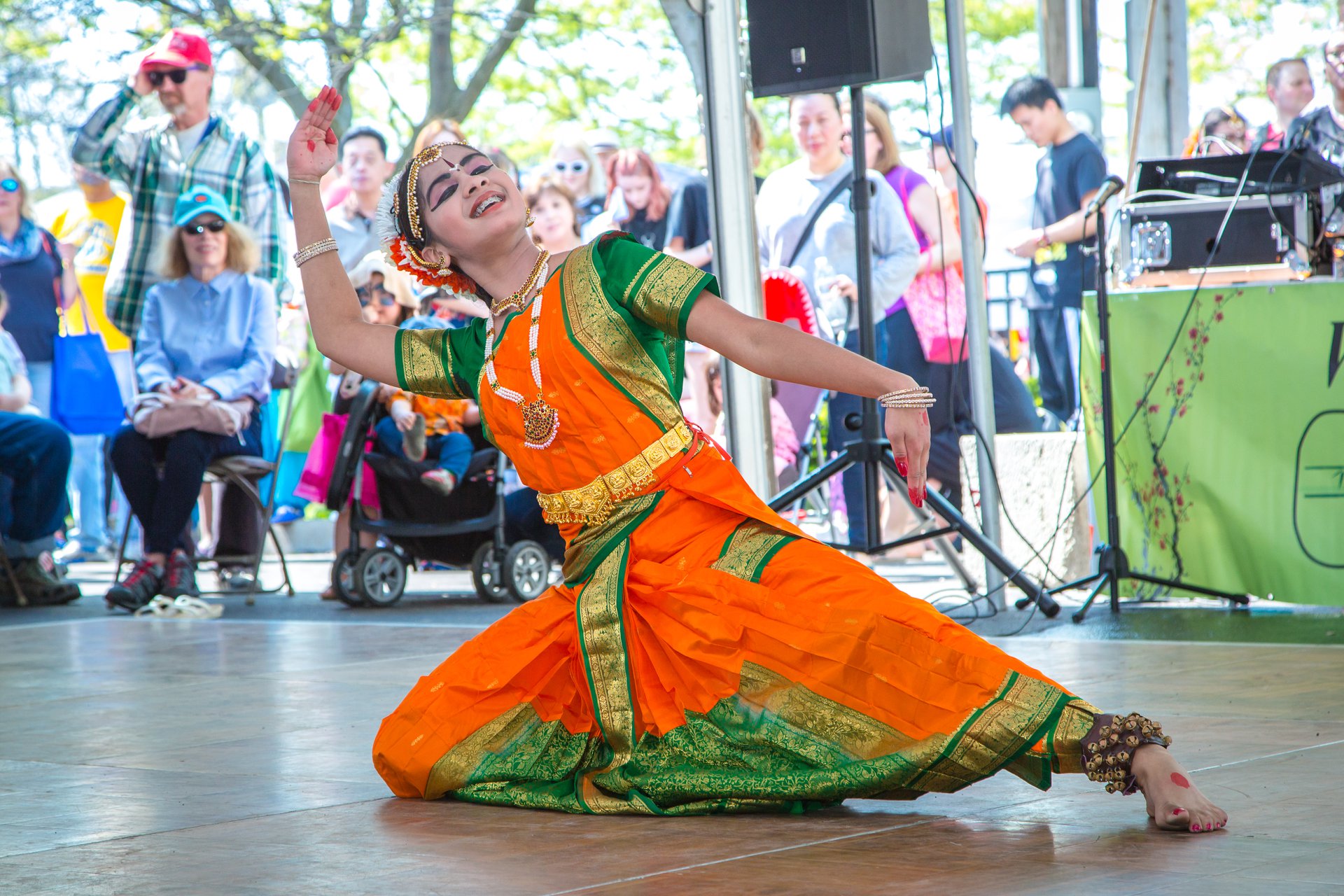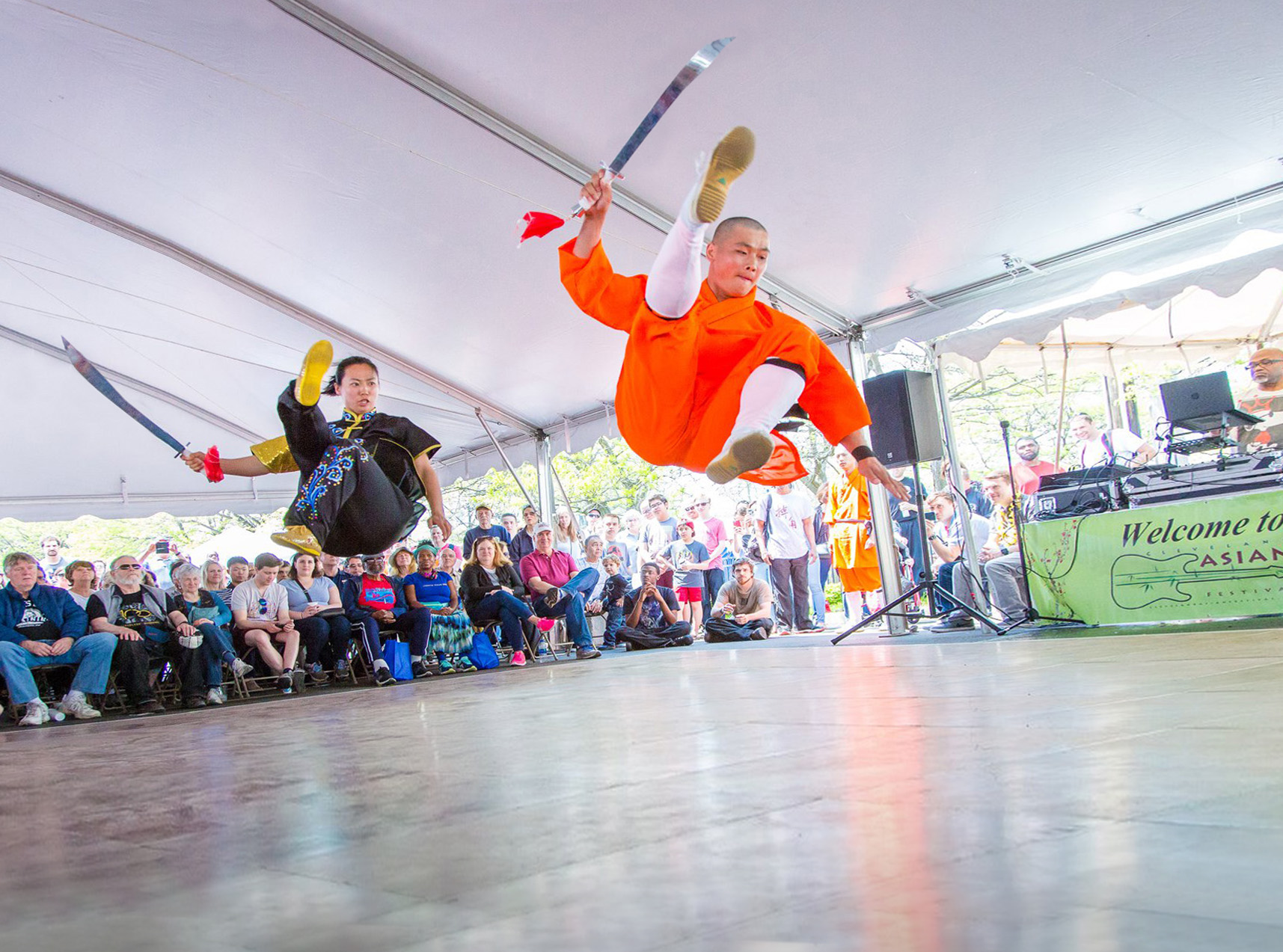Cleveland’s AsiaTown: Yesterday and Today
As a Cleveland transplant, AsiaTown came as a surprise to me. I’d considered myself familiar with the city prior to moving here, having family scattered throughout Northeast Ohio—but I hadn’t known this particular neighborhood existed. I knew Little Italy and University Circle, Lakewood and Tremont, and most of the outlying suburbs. AsiaTown, and its storied roots, was unknown to me until I became a Cleveland resident in 2015.

AsiaTown can trace its roots back to the city’s first Chinatown, which was located on Ontario Street and was forcefully relocated by the city for public projects. When that urban renewal project began in the 1920s, Chinese American families resettled in the area between Rockwell Avenue and East 22nd Street. As AsiaTown Cleveland explains, these families were joined by other Chinese emigrants who came to Cleveland from the West Coast, looking for economic opportunity and a reprieve from anti-immigrant hostility. In this burgeoning neighborhood, they opened small service businesses such as laundries, restaurants, groceries, and clothing stores.
The near east side saw continual growth throughout the twentieth century, driven in part by America’s industrial and economic expansion as well as instability abroad. Korean and Vietnamese families joined the Chinese families who had settled the neighborhood, numbering hundreds of families by the 1980s. With increased diversity, local businesses pushed to rechristian the neighborhood—and Cleveland’s AsiaTown emerged.
Today, AsiaTown sits just east of Downtown in Cleveland’s Ward 7. It stretches between I-90 and East 55th Street, from Perkins Avenue to St. Clair Avenue, and includes Old Chinatown on Rockwell. The neighborhood is home to a diverse population of more than 2,000 residents. It is an intergenerational neighborhood, home to young families and their children as well as seniors. There are also numerous businesses located in AsiaTown, including Chinese, Vietnamese, Korean, and Japanese restaurants; grocery stores; shops; and boutiques. Groups like the Korean American Association of Greater Cleveland and On Leong Tong have a strong community presence, supporting the neighborhood and maintaining cultural traditions. Community development corporations are also invested in AsiaTown, which bisects MidTown and St. Clair Superior. These CDCs are invested in the wellbeing and vitality of the community, and spearhead various initiatives to that end. MidTown specifically has an AsiaTown team. Led by Karis Tzeng, the team focuses on outreach to residents, supporting the community, and honoring the neighborhood’s history. They also work to ensure MidTown’s larger strategic plans dovetail with the specific needs of AsiaTown.
“AsiaTown represents a home for Asian Americans, minorities, and people of color in Cleveland.” Karis explained. “It’s our job to do everything we can to make this neighborhood welcoming. We work with community members to make the neighborhood more welcoming and safer. We think about lighting, we think about the streets. We recently wrapped electrical boxes and added bike racks. In big and small ways, we’re looking to tie hubs together in a real, accessible way.”
This year’s work also included the CLEVELAND WALLS! International Mural Program, which brought over twenty local and national artists to the MidTown neighborhood. MidTown Cleveland worked in partnership with LAND Studio and POW! WOW! Worldwide to transform physical spaces throughout the neighborhood, including a mural near Good Harvest Market in AsiaTown near SCA’s Mueller Lofts and another at 39th Street and Payne Avenue.
Additional programming and projects in the year ahead will bring more artists, particularly AAPI artists, to AsiaTown. Karis and her team are also starting to think about the Payne improvement project, which will begin when the street is up for resurfacing in coming years. They have started to think about how that work might interface with and support alternate modes of transportation, and how doing so could bring more residents and visitors to AsiaTown’s businesses, shops, and restaurants.
“Yes, AsiaTown is a neighborhood,” Karis explained, “But it’s also a regional hub. There’s so much diversity here, and so much representation of different regions. People come from all over Northeast Ohio to visit these markets and shops—often because they can’t get ingredients for traditional dishes anywhere else. AsiaTown is the cultural beacon for Asians in the region.”
The Payne improvement project presents an opportunity to better connect the street with the pedestrians who frequent it. In many ways, it builds upon the annual and community events MidTown’s team spearhead, such as square dancing and Lunar New Year, through its focus on fostering community and bringing people together.
“There is a real culture of caring in this neighborhood. The more we do this work, the more it pours back.” Karis added.



Photos provided by the Cleveland Asian Festival, a volunteer-led grassroots festival that works in collaboration with MidTown and AsiaTown. The festival typically takes place in May each year, and is a celebration of Asian Pacific American Heritage Month.
